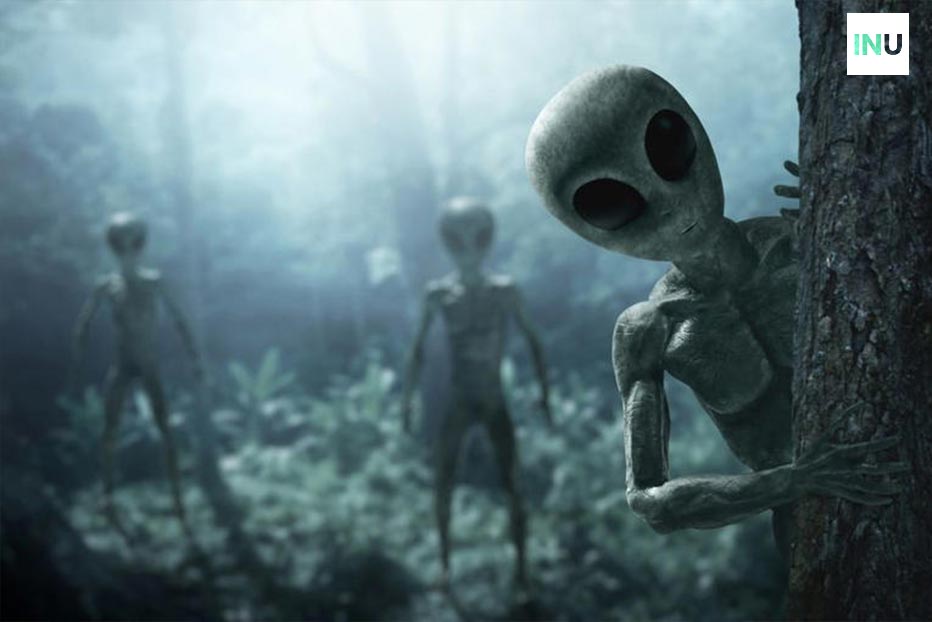In a peculiar discovery, NASA’s Perseverance Rover on Mars has come across two rock formations that bear an uncanny resemblance to a shark fin and a crab claw. The find, made during its ongoing exploration of the Jezero Crater, has sparked curiosity and imagination among space enthusiasts.
Unearthly Discovery
The Perseverance Rover, which has been diligently scouring the Martian landscape for traces of ancient life since its touchdown on the red planet in 2021, stumbled upon these intriguing rock formations on August 18, as reported by Knewz.com.
A Cautionary Note
While the rocks’ striking resemblance to earthly marine life might stir the imagination, it’s essential to note that no definitive evidence of past or present life on Mars has been confirmed to date. Nonetheless, it is a known fact that Mars once hosted flowing water on its surface billions of years ago, yet no indications of marine life have emerged.
Pareidolia Explained
The curious phenomenon of pareidolia comes into play here. Pareidolia is the human brain’s inclination to perceive meaningful shapes or patterns from random visual data. It’s akin to seeing familiar shapes in cloud formations. NASA shared images of these rocks on Twitter, inviting observers to share their interpretations.
Public Speculation
The Twitter post by NASA drew a plethora of witty and imaginative responses. Some lightheartedly suggested the rocks were remnants of an “Almighty Great Cosmic Crab” or linked them to ancestral myths. Others whimsically saw “coffee beans” or “coffee grounds” in the images.
A Historical Parallel
This incident harks back to the famous “Face on Mars” episode in 1976 when NASA’s Viking 1 spacecraft captured an image that appeared to resemble a human face on the Martian surface. While NASA debunked it as an optical illusion, it sparked fervent debate, with some even speculating it to be the work of extraterrestrial beings.
Enhanced Imaging
In an attempt to resolve the controversy, NASA’s Mars Global Surveyor (MGS) flew over the Cydonia region of Mars in April 1998, capturing images significantly sharper than those taken by Viking 1. The MGS images revealed the “Face on Mars” to be a more natural rock formation, with the prominent facial features having faded over time.
In summary, the recent discovery of rock formations resembling a shark fin and crab claw on Mars serves as a reminder of the mysteries and wonders of the red planet. While the search for signs of life continues, pareidolia offers a fascinating glimpse into human perception in the cosmos.









